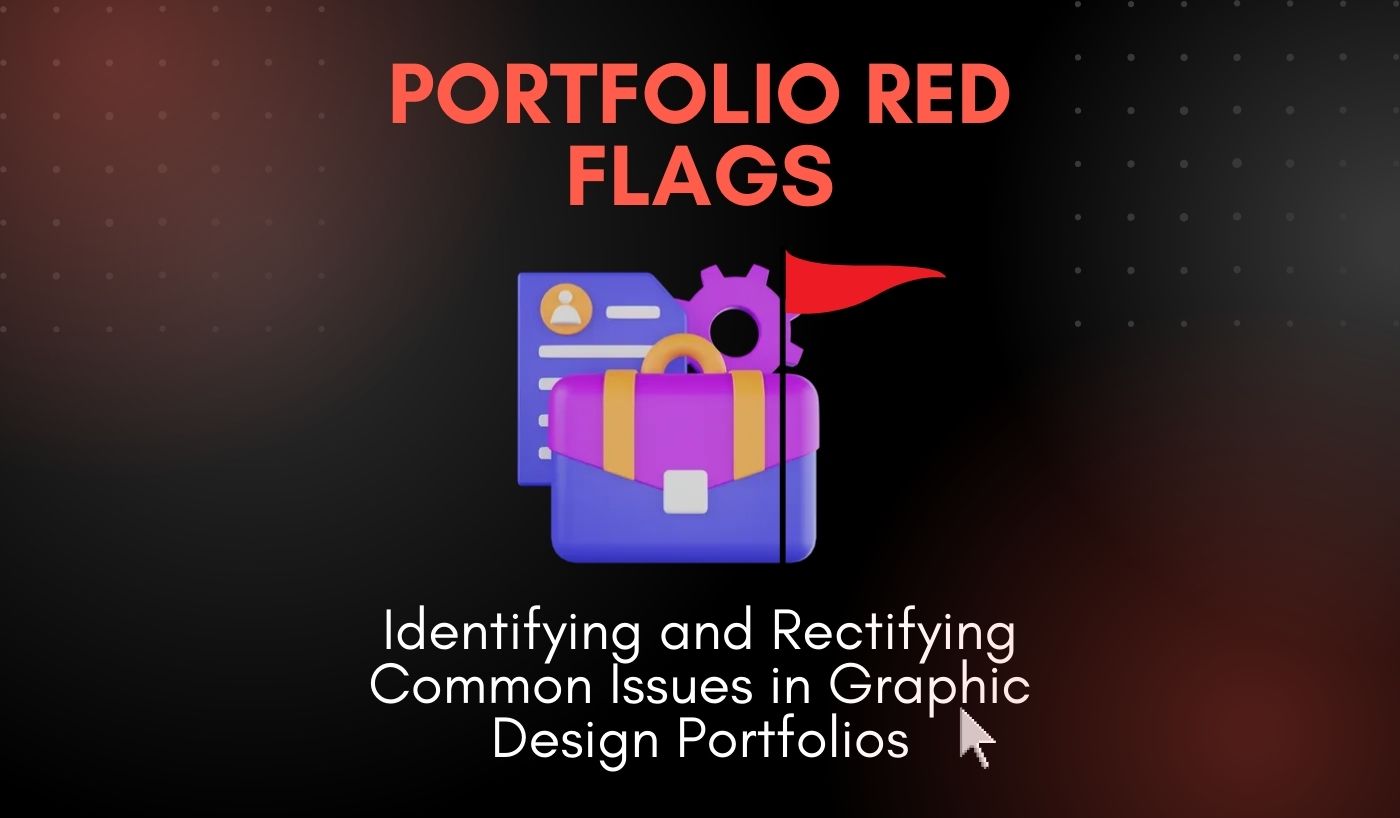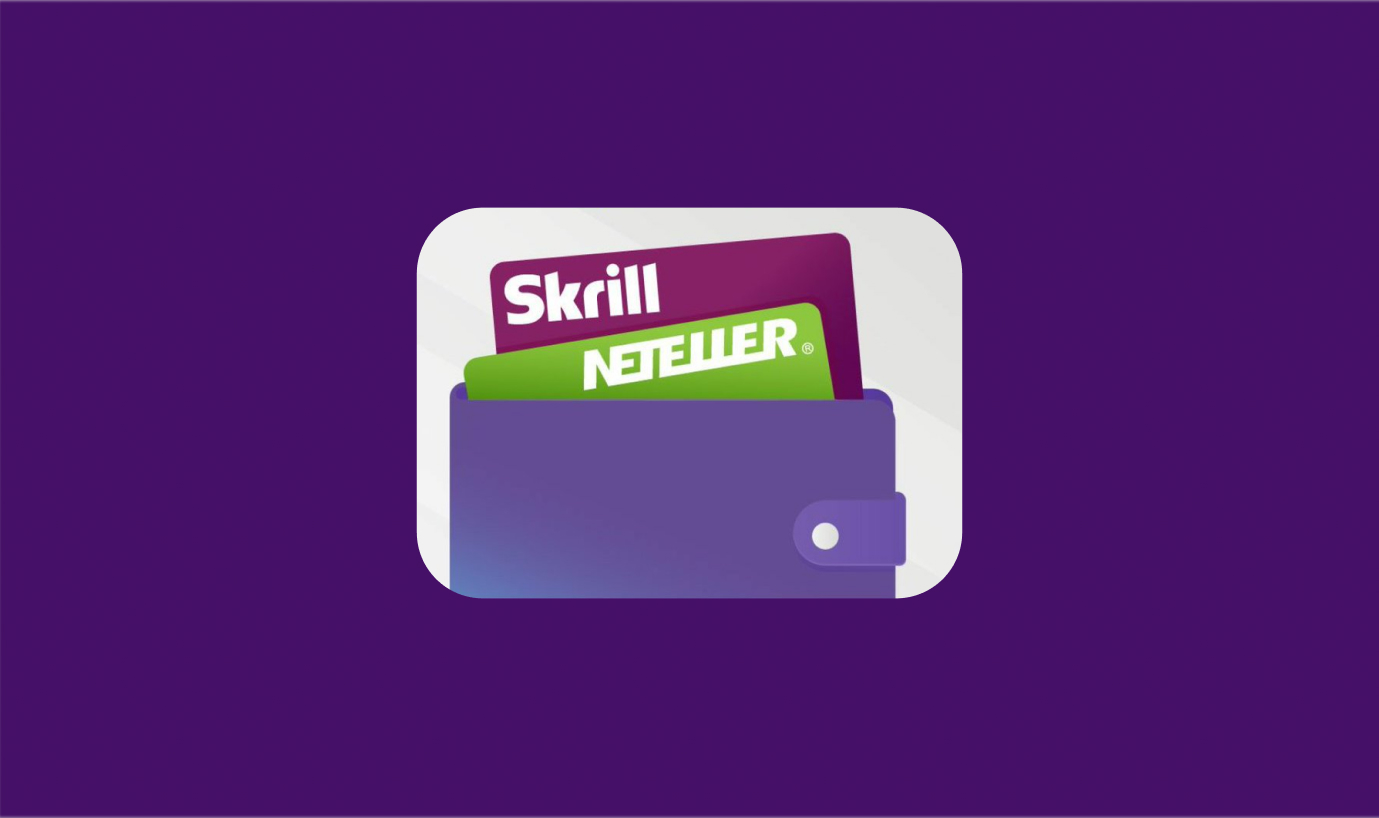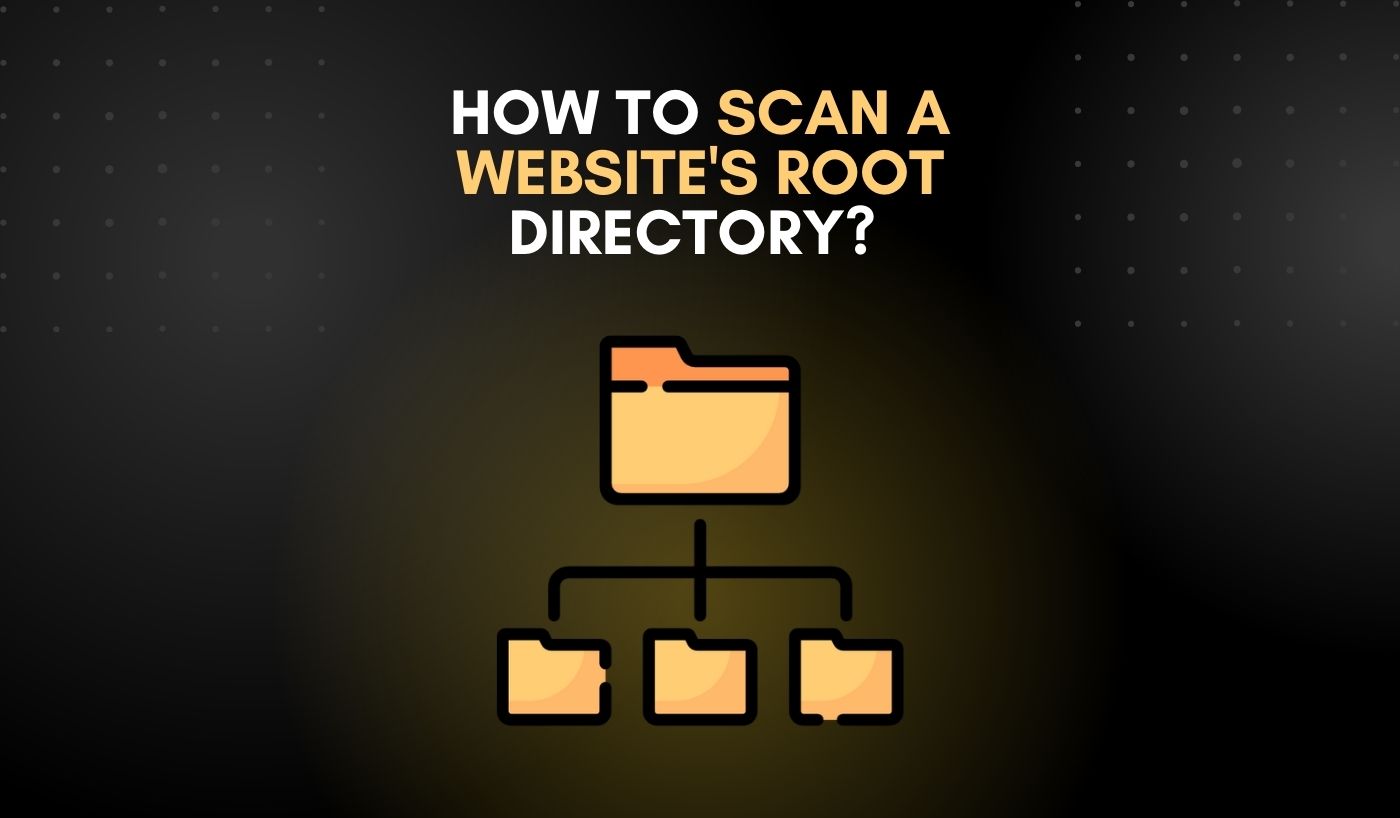In the competitive design world, having a visually appealing and effective graphic design portfolio is critical to attracting customers and getting freelancing work or a job offer. Finding and addressing common errors in graphic design portfolios, on the other hand, can be severe. Let’s begin with stunning statistics emphasizing the importance of a well-curated portfolio. According to Colorcom research, 6% of buyers consider color dimension while shopping. This statistic demonstrates that visual components attract and maintain prospective clients’ interest. Furthermore, to empower underrepresented groups, the graphic design industry is evolving and becoming more diverse, inclusive, and inclusive. Clients seek designers to bring fresh perspectives and unique experiences to their projects. Consequently, graphic designers must exhibit their originality and ability to convey a variety of tales in their portfolios, as well as their understanding of diversity and commitment to representing distinct groups. This post will look at some of the red flags in a portfolio that designers should know how to solve.
11 Cautionary Signs and How to Manage Them
Renowned graphic designer Ram famously stated, “It is considerably more powerful to have five high-quality projects with five design components than twenty ordinary projects with ten or more design elements.”
When it comes to presenting your work to potential clients and companies, quality always comes first. A portfolio consisting of poor-quality work might skew your perception and hinder the manifestation of your proficient skills. It highlights how crucial it is to choose and exhibit your best work in an understandable and impactful manner. Now that we understand the significance of having a powerful graphic design portfolio, let’s look at some common red flags that might lessen its effectiveness.
1. Poor UI/Visual Design
Portfolio Issue: Due to the lack of an aesthetically beautiful and user-friendly design, viewers find it difficult to browse and engage with the portfolio’s material. “Effective design is obvious! Brilliant design is distinguished by its transparency.” ~ Joe Sparano
Fixing Problem: Take the time to create an aesthetically beautiful and easy portfolio to navigate. Use appropriate space, eye-catching colors, and a consistent typeface to optimize the user experience.
2. Lack of Specific Impact or Results
Portfolio Issue: Portfolio projects fail to show the precise effect or results accomplished, making it difficult for future clients or employers to assess the value of your work. “Design is more than simply how something appears and feels. “How it works is through design.” ~ Steve Jobs
Fixing Problem: Each project in your portfolio should have clear goals, difficulties, and quantifiable achievements. When feasible, quantify your outcomes to demonstrate the influence of your innovations.
3. Projects are Inconsistent
Portfolio Issue: The portfolio contains design projects that lack consistency in style, quality, or execution, creating the appearance of a disorganized and amateurish body of work. “Consistency is the last refuge of the unimaginative.” ~ Oscar Wilde
Fixing Problem: Choose projects that reflect your style and skill, ensuring your portfolio has consistent visual language and high-quality execution. Remove any extraneous or poor projects to maintain a consistent and professional presentation.
4. No Context for your Work
Portfolio Issue: The portfolio lacks context and background information for each project, leaving users with unanswered questions about the customer, aims, or restrictions. “Design is not just what it looks like; design is how it works.” ~ Ray Eames
Fixing Problem: For each portfolio item, provide a brief project narrative explaining the client’s goals, your involvement, and any problems encountered. Explain how you tackled and solved difficulties in your work to provide insights into your design process.
5. Lack of Personal Branding
Portfolio Issue: Because the portfolio lacks a distinguishing personal branding feature, potential clients or employers may find it difficult to recall or recognize your work from others. “Your brand is what other people say about you when you’re not in the room.” ~ Jeff Bezos
Fixing Problem: Create a strong personal brand using a consistent visual identity throughout your portfolio, such as a well-designed logo, color palette, and font. To leave an impression on visitors, infuse your portfolio with your distinct personality and flair.
6. Lack of Design Process
Portfolio Issue: The portfolio does not demonstrate your design process or approach to projects, keeping potential clients or companies in the dark about your problem-solving talents and technique. “Design is thinking made visual.” ~ Saul Bass
Fixing Problem: Include a part in your portfolio that describes your design approach, from early research and reflection to concept development and ultimate implementation. Demonstrate your abilities to solve design challenges critically and creatively.
7. Lack of Specific Impact/Results
Portfolio Issue: The portfolio fails to show the precise impact or results gained via your design work, leaving potential clients or employers wondering about the efficacy of your designs. “Design can be an art form. Aesthetics may be used in design. Because design is so basic, it is so difficult.” ~ Paul Rand
Fixing Problem: Define the objectives and quantifiable outcomes of each project in your portfolio. Display quantitative or qualitative effects to illustrate your designs’ efficacy and success.
8. Irrelevant Questions to Ask
Portfolio Issue: The portfolio contains irrelevant or generic questions for potential customers or employers, failing to demonstrate your awareness of their unique demands and issues. “Design is more than just how something looks and feels. How it works is through design.” ~ Steve Jobs
Fixing Problem: Tailor your queries to the customer or company you’re attempting to reach. Prepare well by researching their industry, objectives, and pain spots, and then ask insightful and relevant questions that demonstrate your experience and problem-solving talents.
9. Using I, I, I. Instead of WE, WE, WE.
Portfolio Issue: The portfolio employs excessive “we” terminology rather than emphasizing your particular contributions and participation in each project, making it harder for visitors to judge your abilities and knowledge. “Design is the intermediary between information and understanding.” ~ Hans Hofmann
Fixing Problem: Use “I” language rather than “we” to communicate your specific contributions to each project. To demonstrate your talents and knowledge, highlight your job, responsibilities, and successes.
10. The PDF Portfolio
Portfolio Issue: The portfolio is only available in PDF format, restricting online visitors’ and potential clients’/employers’ access and participation. “Design adds value faster than it adds cost.” – Joel Spolsky
Fixing Problem: Create a PDF version of your portfolio as well as an online version. Ensure the online version is simple, visually appealing, and suited for multiple devices. To improve the watching experience, utilize a user-friendly platform or website.
11. The Pretentious Pinterester
Portfolio Issue: The portfolio overly emphasizes aesthetics and creative graphics at the price of demonstrating obvious problem-solving talents and ideal design solutions. “Design is more than just how something looks and feels. How it works is through design.” ~ Steve Jobs
Fixing Problem: While appearance is important, ensure your portfolio demonstrates your abilities to solve challenges and give effective design solutions. Concentrate on providing projects with measurable results in terms of functionality, usability, and user experience. Ultimately, you can guarantee that your portfolio stands out and appropriately portrays your unique abilities and aptitude by identifying and addressing these difficulties.
Conclusion
These graphic design portfolio red flags can drastically diminish a graphic designer’s chances of getting a job or a client. The good news is that these issues are addressable with a few simple but effective approaches. To put it another way, graphic designers must identify and fix these common red flags in their portfolios. Designers can create an impression on prospective clients and employers by addressing visual style, presentation, diversity, mindfulness, and context difficulties. Remember that a great portfolio is more than just a showcase of abilities; it is an effective way of displaying professionalism, uniqueness, and visual design.
If you need a hand in creating a portfolio website for your writing service or graphic design service, you can contact us. We create beautiful portfolio websites to impress potential clients.




